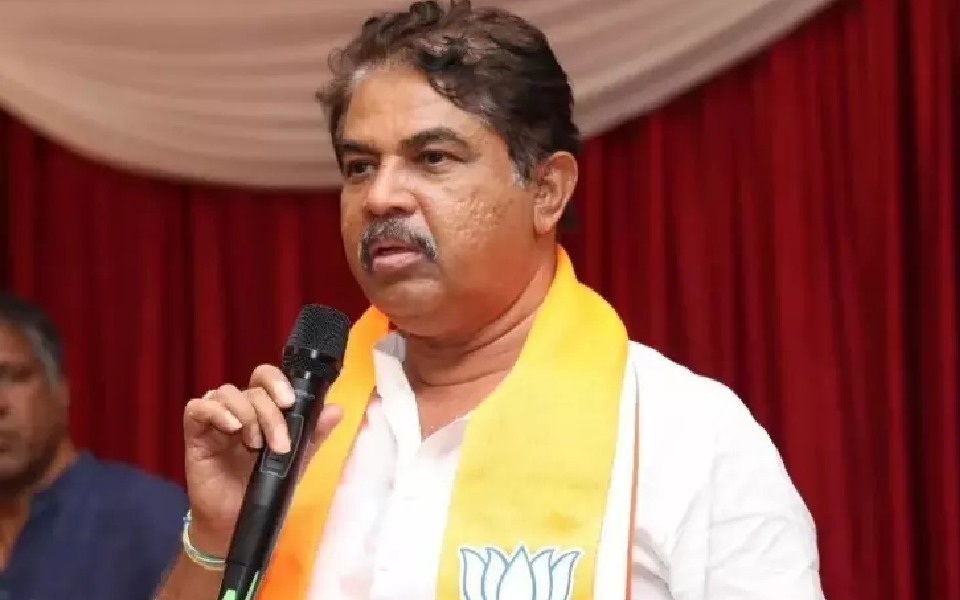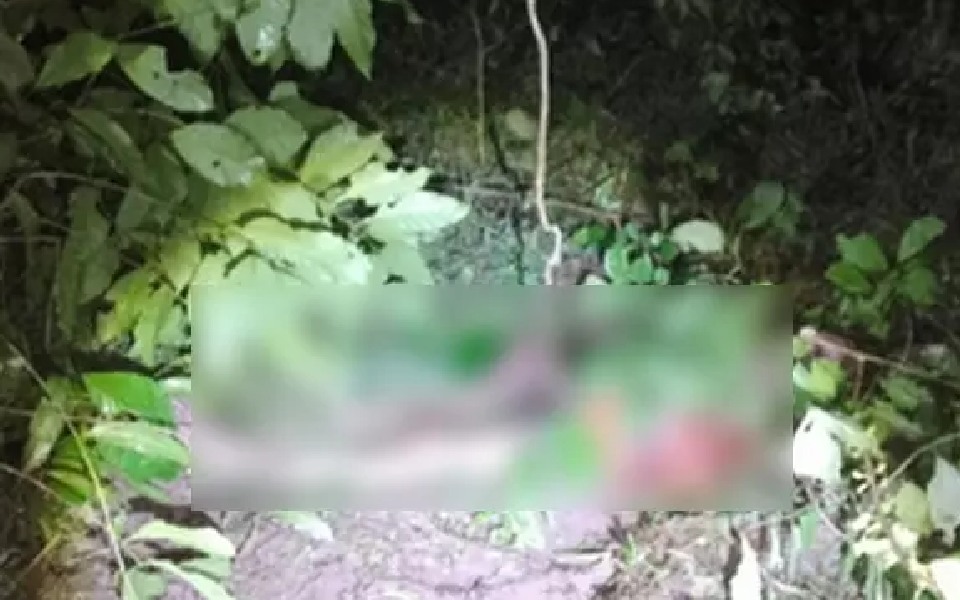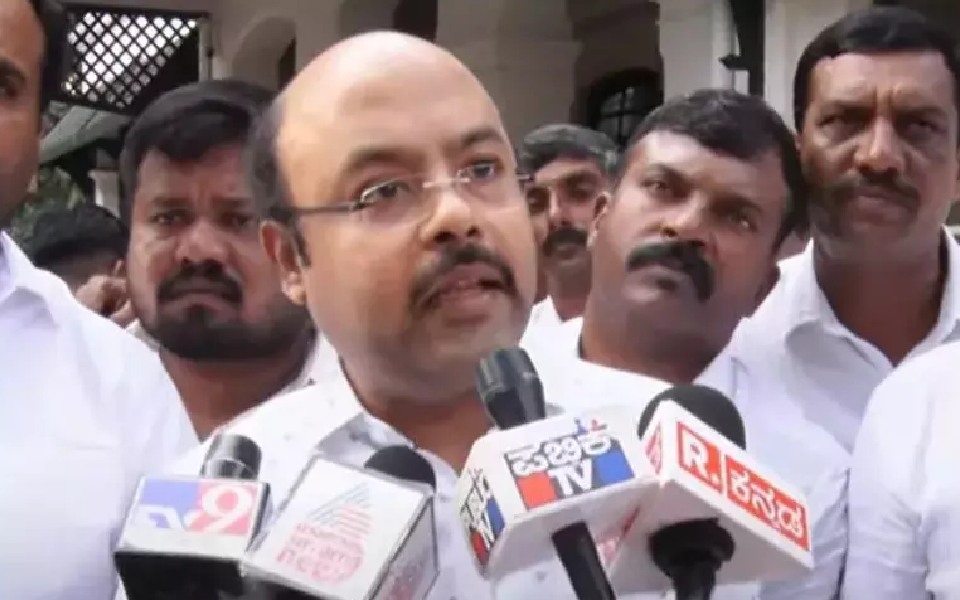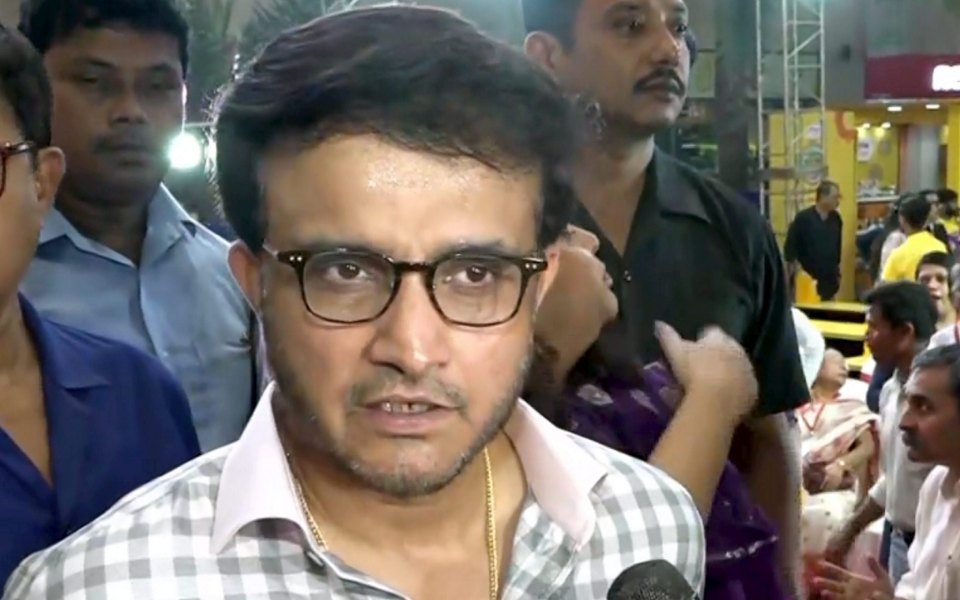Lithium is the metal the world will need the most if all countries want to achieve net zero carbon emissions.
You see, most of these harmful emissions, like carbon dioxide and methane, are generated when we burn fossil fuels. And if we want to seriously cut down on emissions, we need to get rid of fossil fuels, plain and simple.
That means we have to make the switch to alternatives like electric cars and renewable energy.
Now that's where lithium comes in. Lithium-ion batteries are the powerhouse behind electric cars and can store energy from multiple sources for later use. So if we want to move towards sustainable energy, we need more of that lithium goodness.
But why lithium? you might ask.
For starters, this metal is actually the lightest on the planet, which makes batteries much lighter and it won't weigh down your car, plus lithium batteries can store a lot of energy in a smaller amount of space.
To put this in perspective, a typical lead acid battery stores only 25 watt hours of energy per kilogramme, but the lithium ion batteries pack about 150 watt hours per kilogramme.
Not just that, lithium batteries also have a much longer lifespan than other types of batteries and can endure multiple charge cycles. And with everyone aiming for net zero emissions, it's pretty clear that lithium is about to be in red-hot demand.
And the countries that already have a lot of lithium reserves are probably drooling over the potential advantage that they have, and that includes India, which heavily relies on lithium imports from China and other countries. As per the data from the Ministry of Commerce and Industries. The countries spent about 163 billion rupees importing lithium from April to December 2022.
The MD of a lithium ion battery maker from Gujarat, stated that if this metal is available domestically, the cost of battery production could reduce by 5% to 7%.
Currently, India imports all of the major components for lithium ion cell manufacturing, and a stable domestic supply could help avoid price fluctuations due to geopolitical and supply chain issues that often affect import-dependent markets.
As India aims to achieve net zero emissions by 2070, the demand for lithium is set to rise, with a higher need for this metal for electric vehicles and clean energy storage devices. The country's ambitious plans could increase the demand further.
Niti Aayog estimated that total EV sales are expected to reach 80 million units by 2030, up from the 1.3 million sales reported through July 2022.
So for all these purposes, it is important for India to secure its energy requirements, and in a major breakthrough, the Indian government announced on February 9 that they had discovered a whopping 5.9 million metric tonnes of lithium deposits in Jammu and Kashmir. This will position India among the top five countries with significant lithium deposits.
And all of a sudden, social media and newspaper headlines are shouting about how India is going to be an electric vehicle powerhouse, thanks to these new lithium deposits. They're even talking about exporting it to the rest of the world.
But the real question is: can it really happen?
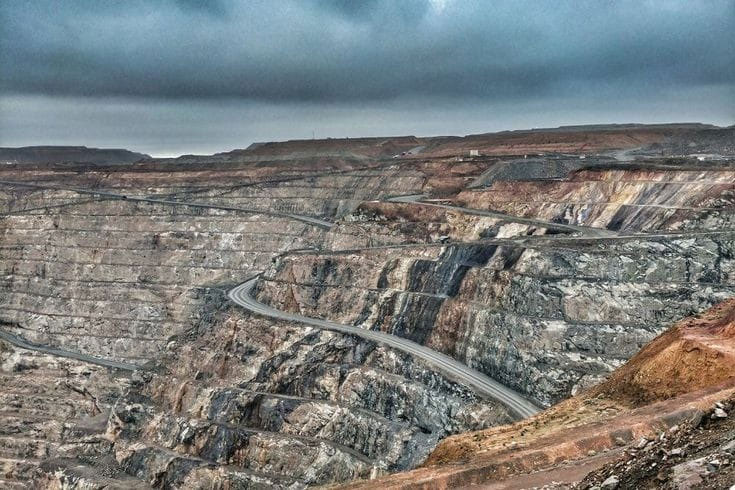
There are a couple of things we need to address here. First off, we're not even sure if these deposits are economically viable yet. And the estimate of 5.8 million metric tonnes is just a preliminary one. You see, when it comes to mineral deposits, we have to go through different levels of evaluation, starting with G4, which is reconnaissance, and ending with G1, which is detailed exploration.
The Geological Survey of India mapped these lithium deposits in the region in 1999 , which is the first step in G4 .
The next phase is G3 , which is prospecting, where inferred resources are calculated based on geological, geophysical, and geochemical results.
The next stage is G 2, which is general exploration, where more studies are done to estimate the minerals' shape, size, and grade.
And finally, in the G1 stage , which is detailed exploration, the characteristics of the deposits are established with a high degree of accuracy. The current stage of lithium reserves in J&K is at the "fearful" stage, and the deposits' mining potential needs to be validated by further proof.
The next G 2 and G 1 assessments will provide more facts, with the G1 stage involving smaller exploratory mining to remind the deposits of their readiness for extraction. So yeah, since we are at the inferred level, we are still some time away from exploiting any lithium. And it's important to exercise patience here and learn from our past experiences. A couple of years ago, there was a lot of hype around the discovery of 1600 metric tonnes of lithium in Karnataka, and the media went crazy.
But the Atomic Minerals Directorate ( AMD )for Exploration and Research had to intervene and calm people down. In a public note, AMD said—and we quote—that unless a proper technology or method is available to profitably extract lithium from its ore, the real benefit of exploration may not be there. With the data presently available from AMD, the actual economic benefits of the exploration cannot be estimated at this stage. And it's been quite a while since we heard any updates about the lithium discovered in Karnataka. So we can't be sure how viable it is now; the discovery in Jammu and Kashmir is in the same boat at the preliminary inferred stage. It's still uncertain whether it's economically viable or not.
Even if it is, the mining and extraction process will take time, maybe 10 years or even more. A senior official of the Energy Program at the World Resources Institute India, said that while the recent GSI discovery of lithium deposits in J&K is promising, it will take a long time before it becomes commercially viable for mining and production of lithium ion batteries.
And mining alone will not put an end to our external dependence. Additional infrastructure and technological expertise are required for processing and refining mined lithium, which countries like China already possess.
A professor at IIT Bombay, explained that India lacks the experience-tested technology and established industries for extracting and purifying lithium, which is mixed with rocks and other minerals in the J&K, and this can lead to more challenges in terms of cost and technology of processing. He added that Australia also has similar reserves of lithium mixed with bauxite, and India may need to explore technology transfers and partnerships with the lithium extraction industry abroad, which could then help expedite the process to keep up with the rising demand for batteries and EVs.
Another critical aspect to consider is that even if our research shows that it's economically viable, we need to be sure that it's environmentally viable too, because if we are not careful, this metal that's supposed to lead our transition into a clean energy future could first end up destroying our ecosystem.
Just look at Bolivia, Chile, and Argentina, which hold more than 50% of the world's proven lithium reserves. It's called the " lithium triangle" of the world. And a significant portion of lithium in this region is located underneath the famous salt flats, and mining lithium comes at a significant cost to these countries.
To extract the metal, miners first pump the lithium-rich salt water, or brine, from the underground and onto the surface. Then they let it evaporate and harvest the lithium for that. Shockingly, this process takes about 2000 metric tonnes of water to produce just one tonne of lithium. This massive consumption of water has a devastating impact on groundwater levels.
Although the environmental problems in J&K may not be the same as those in this area, mining in the Himalayas could create a different set of issues because this region is young and prone to earthquakes and land subsidence. And if we are not very careful, we could have more incidents like Joshi Mutt, and that would be a major concern.
Of course we need lithium to transition to a greener world, but it can come at a considerable environmental cost during the mining process.
Even if we managed to extract the 5.9 million metric tonnes of lithium , trying to reconcile this paradox will be the biggest challenge in India's quest for lithium superpower status.
As you can see, India will have to swallow a number of bitter pills before it can explore the lithium resource discovered in J&K and become Atmanirbhar in EV manufacturing.

Girish Linganna
Defence and Aerospace Analyst
Let the Truth be known. If you read VB and like VB, please be a VB Supporter and Help us deliver the Truth to one and all.
Bengaluru: Leader of the Opposition R. Ashoka launched a scathing attack on MLC Dr. Yathindra, demanding that he retract his controversial statement comparing Chief Minister Siddaramaiah to the late Maharaja Nalwadi Krishnaraja Wadiyar. Ashoka urged Yathindra to apologize to the people of Karnataka if he had even a shred of conscience and any respect for the Mysuru royal lineage.
In a strongly worded social media post on Sunday, Ashoka stated, “Comparing Siddaramaiah to Nalwadi Krishnaraja Wadiyar is nothing short of absurd. Where is Nalwadi, who was bestowed the title of ‘Rajarshi’ by Mahatma Gandhi himself, and where is Siddaramaiah, who has stooped to being a puppet in the hands of fake Gandhis for the sake of power?”
He continued his critique by contrasting the enduring legacy of Nalwadi, remembered fondly by Kannadigas for his people-centric development, with what he termed as Siddaramaiah’s failure to manage Karnataka’s economy, burdening every household with debt.
Ashoka highlighted several stark differences, while Nalwadi built Mysore University over a century ago, Siddaramaiah is shutting down nine universities due to lack of funds. Nalwadi famously sold his family’s gold to build the KRS dam, whereas Siddaramaiah is accused of grabbing 14 sites meant for the public. Nalwadi established Bhadravati Iron & Steel Plant, Sandalwood Soap Factory, and Mysore Paper Mills. In contrast, Ashoka claimed Siddaramaiah's governance drove away industries, investors, and entrepreneurs. Nalwadi pioneered reservations for the backward classes long before it became mainstream. Siddaramaiah, Ashoka alleged, is reducing social justice to a gimmick by sticking labels on doors in the name of surveys.
While acknowledging Yathindra’s emotional attachment to his father, Ashoka emphasized that comparing Siddaramaiah to a visionary like Nalwadi was “laughable, baseless, and a gross insult” to the late king.
In his concluding remarks, Ashoka slammed the government for ignoring farmers’ needs despite an early monsoon. He accused the administration of being caught up in internal power struggles and negligence, forcing farmers into despair. “This government will not be spared from the curse of the farmers,” he warned.


